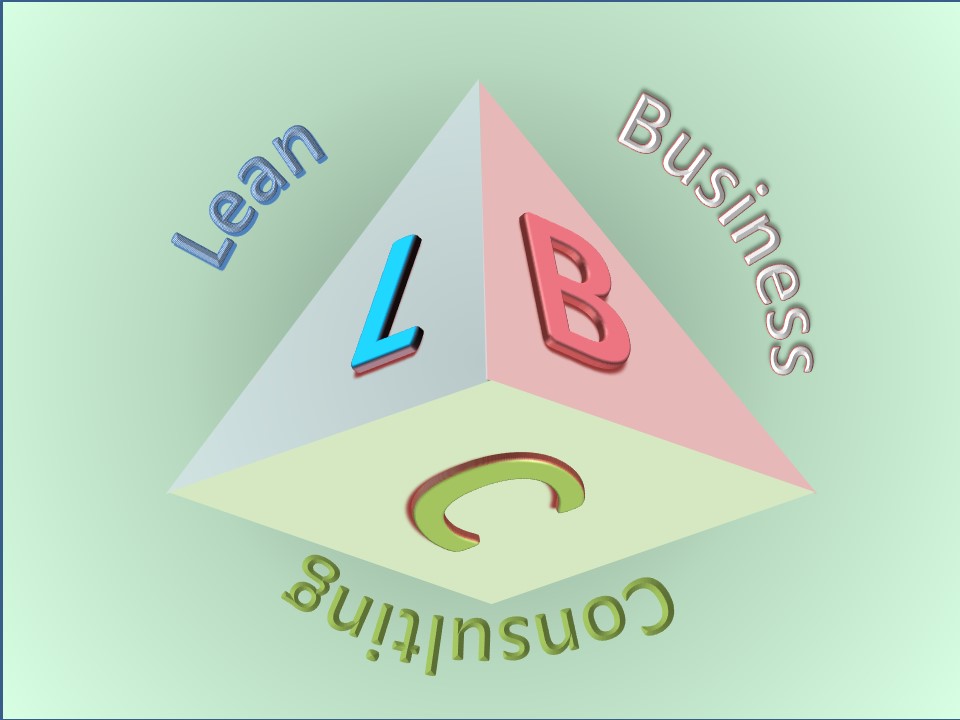This story is about the productivity improvement that involves the modification of two identical and adjusted packing lines to enable operation by one instead of two operators.
We started the project after a long period (about one year) of a series of improvement actions that increased the overall equipment efficiency of both lines above 80% and the mean time between stoppages above 20 minutes. This was a streamlining phase, during which many …
… small and bigger improvements were carried out initiated by the line operators supported by engineering and maintenance.
The second phase was to observe the operators’ job in close co-operation with them. This revealed the areas of improvement that would enable the redesign of the job and make one operator capable of running both lines in parallel. The pareto bar chart helped to prioritise the actions.
The third phase involved a set of improvements and careful redesign activities. We started with duplicating the most important buttons that enabled the operator to control both machines from the operating panel of one of them (e.g. start, stop, accelerate). We also put the panels on turnable frames to reduce the operator’s moves.
The next step of the improvements phase was to increase the buffers that would further reduce the operator’s movements. Each packing line was using one roll of wrapping aluminium foil. Both lines were sharing a common case packing machine. We agreed with the supplier of the aluminium foils to increase the weight by 20%, we slightly modified the roll supporting mechanism to accept the bigger roll and purchased a small movable lifting table to facilitate the handling of the roll by the operator. Finally we increased the buffer of the flat cartons by 50% and improved the access of the case packer to secure safe refill of the cartons buffer.
The final (forth) phase was the post project fine tunings / improvements. This is a very important type of “after sales support” that tremendously enforces the trust between the operators and the factory management and boosts the morale of the personnel.
It is very important to emphasise that prior to embarking on such productivity improvement projects we should make sure that the process has been streamlined and stabilised to considerably increase the overall equipment efficiency. Needless to mention that the waste, either rejected or reprocessed, should be minimised to the absolutely minimum, which in most cases is zero. Safety is a factor that should always be at the beginning of every modification or improvement. In the end these three concepts are interrelated. The higher the efficiency the less the waste and the safer the operator’s job, because the stoppages that require the operator’s interventions to fix the equipment are drastically reduced. The less the waste, the less the production time due to the elimination of the reprocessing, consequently the less the exposure of the operator to the production job. The more safety is built in the processes and the equipment design the easier is the production and the maintenance jobs, which in turn results in less and shorter stoppages and less waste.

